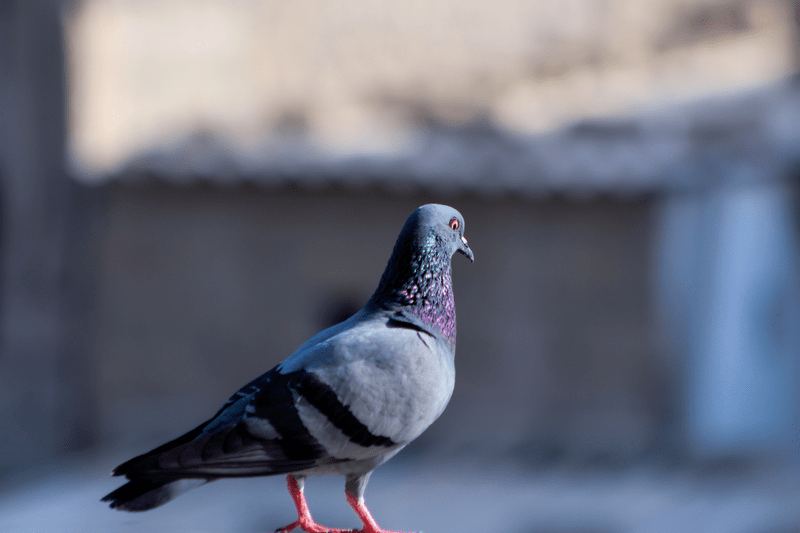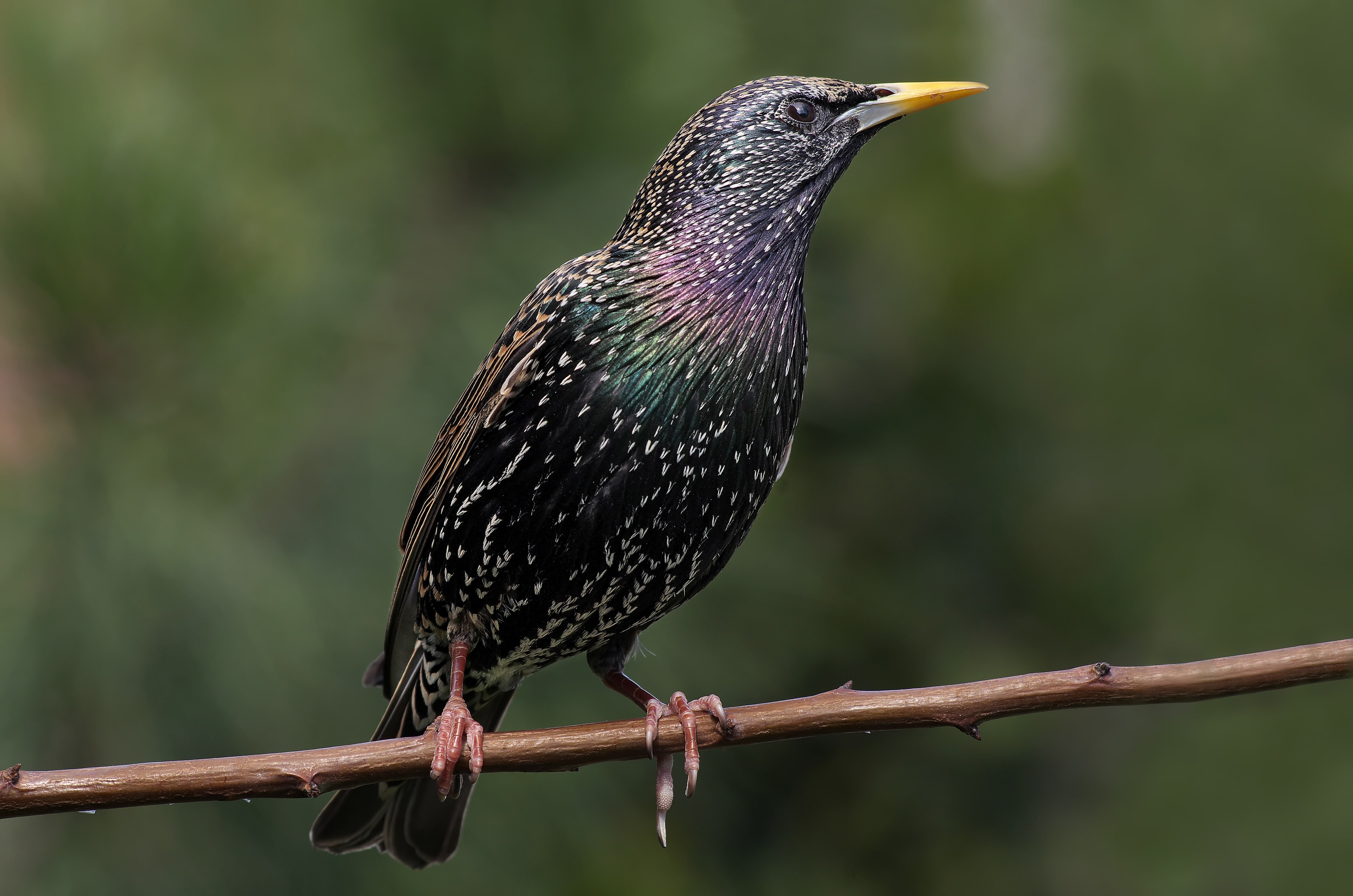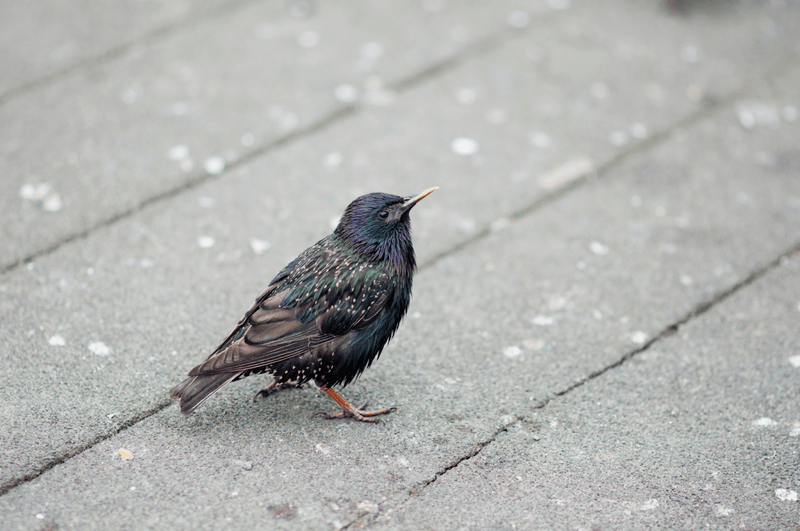Seeing more birds than business lately? If you're noticing an influx of flocks, you're likely in an area where birds are migrating to nest or wait out colder weather elsewhere. It's not the business or tourism increase you'd hoped for, and there are three bird pest species in particular you need to watch out for.

During the spring and fall seasons, as climates start to become harsh and food sources start to become scarce, many birds migrate between the northern and southern regions looking for a new place to nest. They tend to nest in places that provide shelter from the elements, near a food and water source, and usually in a higher location to protect their young. This new “home" can often be destructive and unsightly and once birds move in to roost, it can be very difficult to get rid of them. So how do you identify if you have a bird problem? Bird problems are fairly easy to identify because birds are one of the larger urban pests and often make a lot of noise. If you notice anything unusual, such as an increase of birds congregating and flying around your business, bird droppings on surfaces outside of the business, or debris collecting on ledges, then you most likely have a bird problem and need to implement some form of bird control.
Our Terminix commercial technicians are trained to identify which birds are protected by law in certain areas and which actually pose an issue and carry harmful bacteria and pathogens. While many birds are protected under the Federal Migratory Bird Treaty Act, passed in 1918 to combat the rapid depletion of migratory bird populations due to excessive hunting and poaching, there are three bird species that are considered pests. These include pigeons, starlings, and sparrows—and as such, they are not federally protected against pest control. So now that you've identified that you have a bird problem, how do you identify if one of these species is what you're dealing with? Each of these birds has several distinct characteristics but all of them tend to form large flocks.
Pigeons are about a foot in length and weigh about thirteen ounces, blue-grey in color with iridescent feathers on their heads and necks, and have small heads and short legs. They tend to nest in small, flat areas that are raised off of the ground like ledges, eaves, pipes, air conditioning units, and window sills. Their breeding cycle is year round, their eggs are solid white, and the hatchlings remain in the nest for about twenty-eight days and will repeat about every thirty days depending on the weather conditions. They will travel up to five miles between their nesting and roosting sites, potentially making it very difficult to get an established flock to move. These homing capabilities allow them to easily find their way back to their original nesting sites.

House sparrows actually belong to a family of birds called weaver finches. They are smaller at about five to six inches in length and weigh about one ounce. They have short bills with brown-grey feathers and the males have darker brown backs and wings, a grey breast, black throat markings, and a white crown while the females have a solid brown-grey breast, no black markings, and a white throat. Sparrows build extremely messy nests out of anything they can find like paper, string, twigs, or grass and they tend to nest in covered areas that are raised off of the ground like under building eaves. They tend to nest, roost, and feed in large groups within one to two miles of each other. Their breeding cycle is from March through early August, their eggs are white to dull brown and speckled with brown, and the hatchlings remain in the nest for up to seventeen days. They have now become very dependent on humans for both food and shelter and this species can be difficult to control because of its ability to rapidly reproduce. House sparrows are also extremely aggressive and will often drive out other desirable bird species from the area.

European starlings are one of the most invasive species and can cause problems in both urban and rural areas. They are about eight to nine inches in length and weigh about two and a half to three and a half ounces, and they have short tails and long, pointed bills. During the winter months, starlings have dark bills and iridescent coats speckled with white while in the summer, starlings have yellow bills with duller coats that are mostly purple and green in color and are less speckled. Male and female starlings look similar, and their young are a shade of grey-brown. When they nest in urban areas, they tend to do so in trees, exhaust, dryer, and stove vents, marquees, sign and lamp posts, ledges and billboards. In rural areas, they tend to nest in ledges and tree cavities. Their breeding cycle is from late February through June, their eggs are white with a blue or green hue, and the hatchlings remain in the nest for up to twenty-three days. Starlings can be problematic because they are extremely vocal and congregate in large flocks, and they are very aggressive and will also often drive out other desirable bird species.

Terminix complies with local ordinances in their control efforts to remove birds and help ensure that they do not return.
Why is bird control so important for commercial spaces? Birds present many unique threats to the safety and operations of your business that include:
- Bird droppings are highly acidic and can cause irreparable damage to vital equipment, rooftops, vehicles, walkways, paint, cement, wood and metals. The costs of cleaning and repairing this damage caused by birds can quickly mount and are often far more expensive than routine property maintenance.
- Bird droppings can also create slippery surfaces that may cause potential slip and fall hazards for your employees and customers. Birds are known to carry ectoparasites like fleas, mites, ticks, and lice, as well as more than sixty transmittable diseases, so getting rid of them is absolutely necessary for maintaining a safe and sanitary work environment.
- Bird waste is not only dangerous when making direct physical contact - simply the breathing in of dust or water droplets contaminated with bird waste can also lead to contracting several diseases and infections - a serious problem for food manufacturing facilities.
- Birds, their feathers, eggs and nests can become trapped in HVAC ducts, entangled in equipment, and clog vents and other components which can cause fires or flooding.
- Bird waste and nesting material can contaminate products and lead to health code violations which can result in fines, legal action, unsafe working conditions, and the closure of operations.
- Bird waste can also attract other pests like rats and mice. Nesting materials and bird droppings in commercial spaces reflect a very poor business image to customers and associates.
- Birds making noise and engaging in aggressive behaviors like swooping can be distracting and annoying for both your employees and customers and subsequently affect productivity.
- Having a pest infestation problem affects a business's reputation. More than fifty percent of businesses say that negative word of mouth caused more harm than physical damage after an infestation.
Tackling an out of hand, existing bird infestation can be difficult and often requires employing a variety of exclusion techniques. Once birds learn that they can find food or water somewhere they will continually return to this location. Our fully licensed Terminix Commercial technicians will conduct a thorough evaluation of the facility to identify current and potential problem areas, apply appropriate control measures with minimal disruptions to your operations, and work with you to establish an ongoing inspection schedule to help ensure that birds do not return. We know that every business is unique so we offer customized, professional bird control products and solutions specifically tailored to your needs and business no matter what industry you're in. Don't let urban pests become a bird-en on your business.
To learn more about Terminix Commercial pest control for birds and request a free, no-obligation estimate visit us online or contact us at 1.877.837.6464.